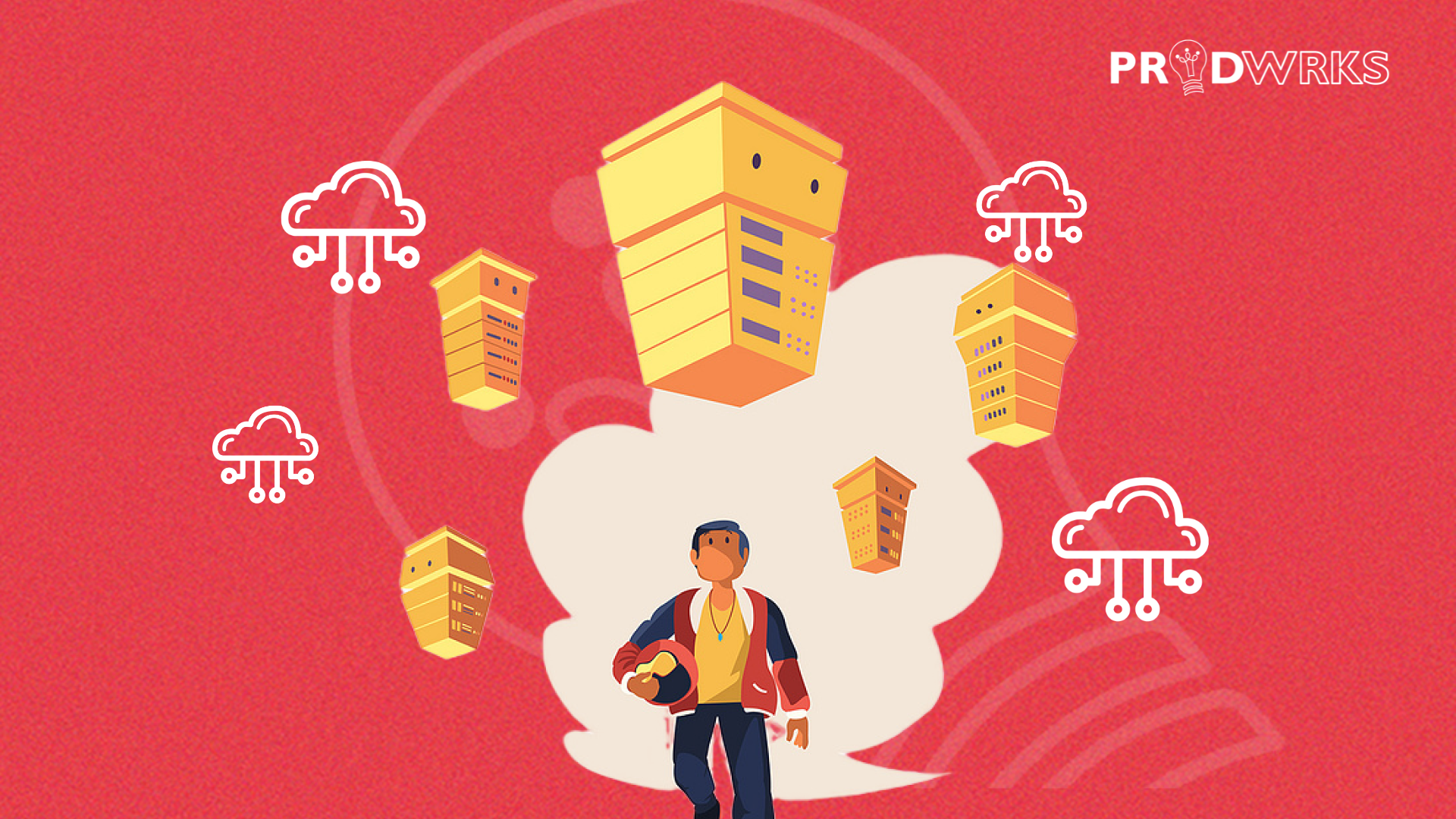
In the first chapter of the book, Build What Matters, Ben Foster and Rajesh Nilekar introduced the top 10 dysfunctions of product management based on their experience in leading product teams and their research.
The first five dysfunctions were covered in part 1 of this series, which you can read here.
In Part 2 of this series, we will discuss the next five dysfunctions of product management and how you can overcome them.
6. Business School: When Analysis Paralyzes Action
The Business School is a product dysfunction where product leaders overanalyze everything and avoid making decisions based on reality.
Product teams trapped in the Business School Dysfunction get too technical and mathematical and lose sight of the real problems. This leads to products that are over-engineered, over-priced, and over-marketed, but under-delivered.
Juicero, a $700 cold-press juice maker, is a classic example of this dysfunction. Juicero launched in 2016 with $120 million in funding. In 2016, Juicero’s founder and investors thought they could sell their product by catering to the vegan food market and the rising IoT segment.
They based their decisions and projections on these assumed metrics instead of solving a need or a pain point for the user. They overengineered their machine with over 400 custom parts, scanners, and microprocessors.
The machine had many problems: it didn’t work without an internet connection, required proprietary juice bags, and these juice bags could be squeezed faster by hand than with the Juicero machine. Juicero’s investors realized their mistake and questioned the founder’s business model and unit economics. Juicero ran out of money and shut down in 2017.
The lesson is that product management is not just about numbers and market projections. It’s also about human-centered design concepts like problem validation, user testing, and value creation.
7. Roller Coaster: When Pivoting Becomes a Habit
The Roller Coaster Dysfunction occurs when startups change their goals and requirements frequently and randomly, without a clear vision or strategy for revenue or profitability.
Product teams stuck in the Roller Coaster Dysfuction waste time and resources on pivoting too often and too fast without giving enough chances for success.
A case in point is Ola, the Indian ride-hailing company that tried to diversify into various domains, such as food delivery, grocery delivery, electric vehicles, etc. Within a span of few years, Ola launched and shut down multiple products and services such as Ola Cafe, Ola Stores, Ola Dash, FoodPanda, and others.
These ventures failed to attract customers or generate sustainable income, resulting in hundreds of millions in undisclosed losses for Ola. Meanwhile, Ola’s core ride-hailing business remained unprofitable and faced stiff competition from rivals like Uber.
To avoid this trap, startups should understand the market, build products with feedback, and avoid the “fail-fast” mentality. They should also set clear product metrics, allocate resources wisely, and constantly strive to improve them.
8. The Bridge to Nowhere: When Solutions Chase Problems
The Bridge to Nowhere Dysfunction happens when product teams build solutions for problems that don’t exist or are not urgent.
Product teams stuck with the Bridge to Nowhere Dysfunction tend to over-engineer the product, adding unnecessary features and complexity without validating the market need or demand.
A classic example of this dysfunction is the Segway, the personal transportation device that was hyped as a revolutionary invention in 1999. However, it failed to meet its expectations, achieving only 1% of its target sales in 6 years. Some of the reasons for its failure were:
- It was too expensive ($5000) and heavy (50 kgs) for most consumers.
- It was not a clear improvement over existing options, such as bicycles or scooters.
- It faced infrastructure and regulation issues, as most cities were not designed for it.
- It was too complex and unsafe, requiring skill and balance to operate.
- It lacked target market clarity, as it was marketed for everyone but appealed to none.
- It faced competition from cheaper and safer alternatives, like electric scooters of brid and lime.
The Segway teaches product leaders a valuable lesson: Products that are not solving a real or current problem are doomed to fail.
9. The Negotiating Table: When Stakeholders Outweigh Customers
The Negotiating Table Dysfunction happens when product leaders try to please every internal stakeholder by giving them what they want instead of focusing on the customer or the product. They end up building products that are too complex, inconsistent, or irrelevant.
A perfect example of the Negotiating Table Dysfunction is Tata Neu – the super app launched by the Tata Group in 2022. Tata Neu aimed to offer a cross-category shopping experience by integrating various Tata brands, such as Tata CLiQ, Croma, Bigbasket, AirAsia, Tata 1mg, Qmin, etc.
The app received over $2 billion in investment and had high expectations. However, the app was a huge flop. Bloomberg says it’ll miss its sales targets by 50% due to customer dissatisfaction. The app is crammed with too many categories that do not complement each other or offer a seamless user journey.
The app also had to accommodate the demands of different stakeholders from each brand, losing sight of the customer’s needs.
The momentum failure of the Tata Neu app illustrates how the negotiating table dysfunction can ruin a product. Product leaders should not compromise on the customer’s interests and should make tough decisions when needed.
10. The Throne Room: When Dictatorship Destroys Teamwork
The Throne Room Dysfunction occurs when the founder or CEO acts like a dictator and imposes their decisions on everything in the company. They think they know best because of their instincts and success.
Uber at one point suffered from the Throne Room Dysfunction. The ride-hailing company was once led by Travis Kalanick, who had a very ambitious but autocratic vision for Uber. He showed his arrogance and abuse in a video where he yelled at an Uber driver who complained about the low rates. He also allowed the top management to make unethical demands, such as hiring a law firm to dig up dirt on a female engineer who reported sexism and harassment.
He ignored the rules and regulations and tolerated corporate misconduct. He was forced to resign in 2017 after many scandals and controversies. Uber’s share of the U.S. ride-hailing market dropped from 74% to 69% from 2017 to 2021, while its rival Lyft increased its share from 22% to 29%. Uber also racked up losses of $4.5 billion in 2017, $6.8 billion in 2020, and $9.1 billion in 2022.
Uber shows how the throne room dysfunction can ruin a product and a company. To avoid this, product leaders should involve their team and stakeholders in decision-making, seek feedback, and validate their assumptions with customer research. They should remember that building a product or a company is a team effort, not a solo sport.
As we conclude, it’s essential to remember that these product dysfunctions are common in the field. Ben and Rajesh identified these dysfunctions to establish a shared language within teams, enabling them to recognize and tackle these issues head-on.
They understood that many product managers have likely encountered these challenges at some point, and some may currently be dealing with a few of them.
If you haven’t already, check out the first part of this series for a comprehensive understanding of these issues and how to overcome them.



